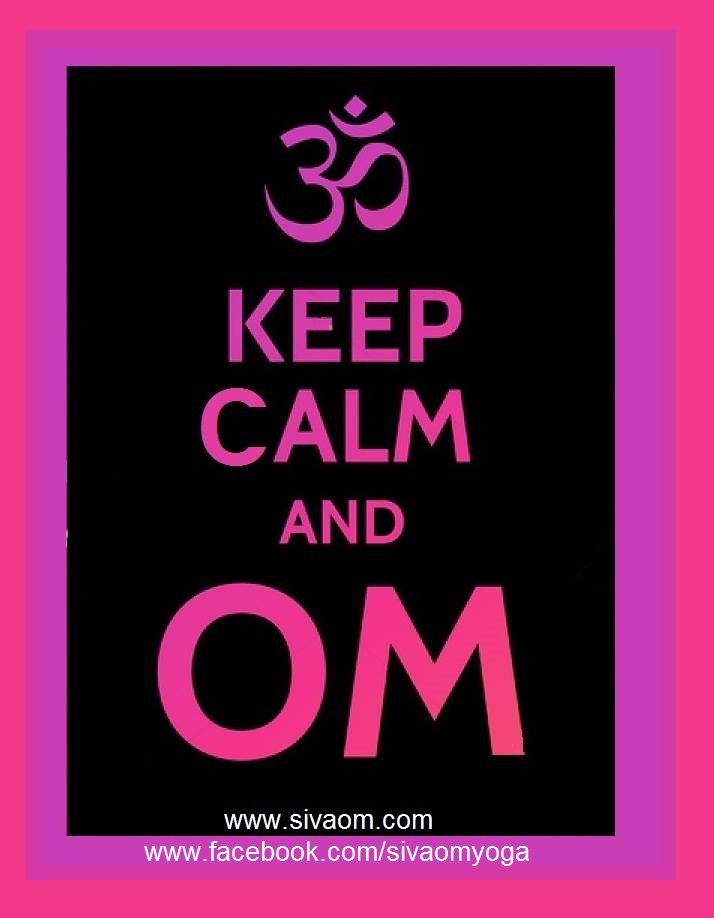We generally hear the meaning of namaste as the divine in me bows in reverence to the divine in you or as a general greeting in India. Namaste is made of 2 parts – Nam + Aste. Nam means I bow down with closed hands, aste means to you. So Namaste technically just means, “I bow down respectfully to unto you with my hands closed in reverence”. After years of walking and trying to uncover some of the mystical mysteries, I have developed a little theory of the essence of namaste from my point of view. From my own understanding have come to conclude the following and I give supporting reasons.
-the thumb refers to the fire element,
-Index finger to air,
-Middle finger for pran,
-Ring finger for earth
-And little finger for water
-The left hemisphere of the body refers to feminine and or shakti
-While the right hemisphere of the body refers to masculine and or shiv
Therefore A combination of these 5 elements and the hemisphere is seen as yoga and or union hence the micro representation of the universe since the universe can’t exist without any of the elements or without the dynamic and static forces all of them must come together.
Namaste is used both for salutation and valediction. Namaste is usually spoken with a slight bow and hands pressed together, palms touching and fingers pointing upwards, thumbs close to the chest. This gesture is called Añjali Mudrā or Pranamasana.
A namaste is more than enough, namaste itself in the practical sense means my reverence or salutations to you. A heartfelt, fully intended, loving and respectful namaste or even a nod of the head is far more potent and powerful than a despiteful touching of the feet.






